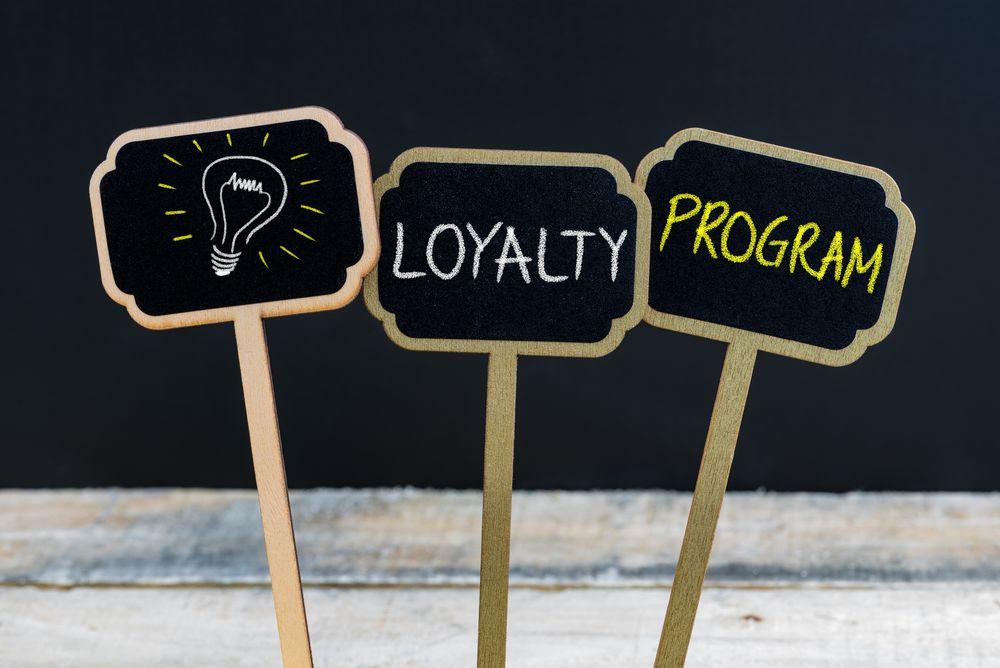Published November 1, 2022

Today’s consumers are demanding more and better loyalty programs than ever. As a result, marketers are scrambling to find the latest and greatest ways to reward their customers and drive brand loyalty. Many of the same old ideas aren’t cutting it. For example, while coupon codes have been around for almost 200 years (they were common in the 1800s), they haven’t changed much in that time. They are also easily copied by competitors, making them not just ineffective but also risky from a brand perspective. In this article, we explore why non-fungible tokens (NFTs) are the future of consumer loyalty, and your business can’t afford to ignore them.
What are consumer loyalty programs?
A loyalty program is a program that rewards customers for repeat purchases. The idea is that if you reward people for your products and services, they’ll keep coming back. In fact, a study conducted by the Harvard Business Review revealed that 73% of consumers are more likely to purchase from a company if they have a loyalty program. Loyalty programs come in all shapes and sizes. They can be as simple as a punch card at a coffee shop or as sophisticated as a digital wallet app. There are three types of loyalty programs: - Point-based: You earn points that can be redeemed for discounts or gift cards. - Tiered: You earn rewards as you reach a certain spending threshold. - Hybrid: You can earn points or tier rewards based on spending but have the option to redeem them for a gift card.
Why NFTs?
NFTs are the next evolution in loyalty programs. They are the perfect solution for brands struggling with customers who want to collect, trade, and transact their rewards. NFTs are secure digital assets that are guaranteed to be unique and non-fungible. Why non-fungible? Because an NFT’s value is proportional to its scarcity, which means they cannot be interchanged. Think of it this way: an NFT is like a rare painting, one-of-a-kind jewelry, or a baseball card with a high collectability. NFTs can be anything from a digital asset that represents a physical item to a completely digital currency. But no matter what form they take, they share a few key features: - They can be traded. - They can be earned or purchased. - They can be represented by a unique digital identifier.
More transparency for customers
As brands increasingly adopt NFTs, consumers will be able to clearly see what’s at stake. Each token will have a transparent value that is easy to understand, which means consumers will be better able to decide what they want to collect, trade, or transact. This will likely lead to some big changes in the way we approach customer loyalty programs. Tokens that represent a physical reward will likely be the norm, while purely digital rewards (like points) will become increasingly rare. This will also lead to more transparency when it comes to redeeming rewards. Consumers will know what they can expect, and businesses will be better able to plan accordingly. Because NFTs are digital, they can be programmed with information. This means they can provide value beyond the initial transaction. Imagine if a retailer rewarded you with a token that’s also a coupon for 10% off your next purchase.
Better insights for businesses
Customer insights are key to effective marketing, especially in an increasingly digital world. They allow us to better target our customers, drive sales, and build meaningful relationships. But data is notoriously hard to collect and analyze. And for many companies, the data that is available is incomplete or unverifiable. NFTs can help by providing a clearer way to track customer activity. Imagine if a customer who earned a token for signing up for your loyalty program also earned a token for every dollar they spent using your app. Tokens that represent points, rewards, or items (digital or physical) can be easily tracked and verified. This paves the way for more sophisticated data tools, like machine learning.
Less waste, more rewards
Loyalty programs are designed to reward customers for their patronage and drive brand loyalty, but they’re not always successful. As mentioned, many loyalty programs rely on points or currencies that can be easily duplicated or purchased. The result is a program that rewards customers who sign up early and gives little incentive to stay engaged. Relying on points that can be bought and sold also leads to an inefficient marketplace where it’s difficult to find the rewards you want. NFTs are non-fungible. And because each one represents a unique digital asset, it can’t be duplicated or purchased. This means brands can create more valuable rewards and put less emphasis on points that can be bought and sold.
Final Words: NFTs will transform loyalty programs!
Despite their many benefits, loyalty programs are not without their challenges. They come with high costs, like data processing and management, and low returns. Because points are easy to buy and sell, they don’t have much value. And offering points that can be exchanged for products or gift cards is expensive for brands. In fact, the average break-even point for gift cards is around $25. That means if a retailer offers a $100 gift card, they’re actually losing money on that reward. These challenges make it clear why it’s time to embrace something new like NFTs. They can help you better reward your customers while increasing their engagement. They can also help you better track and analyze customer activity.



